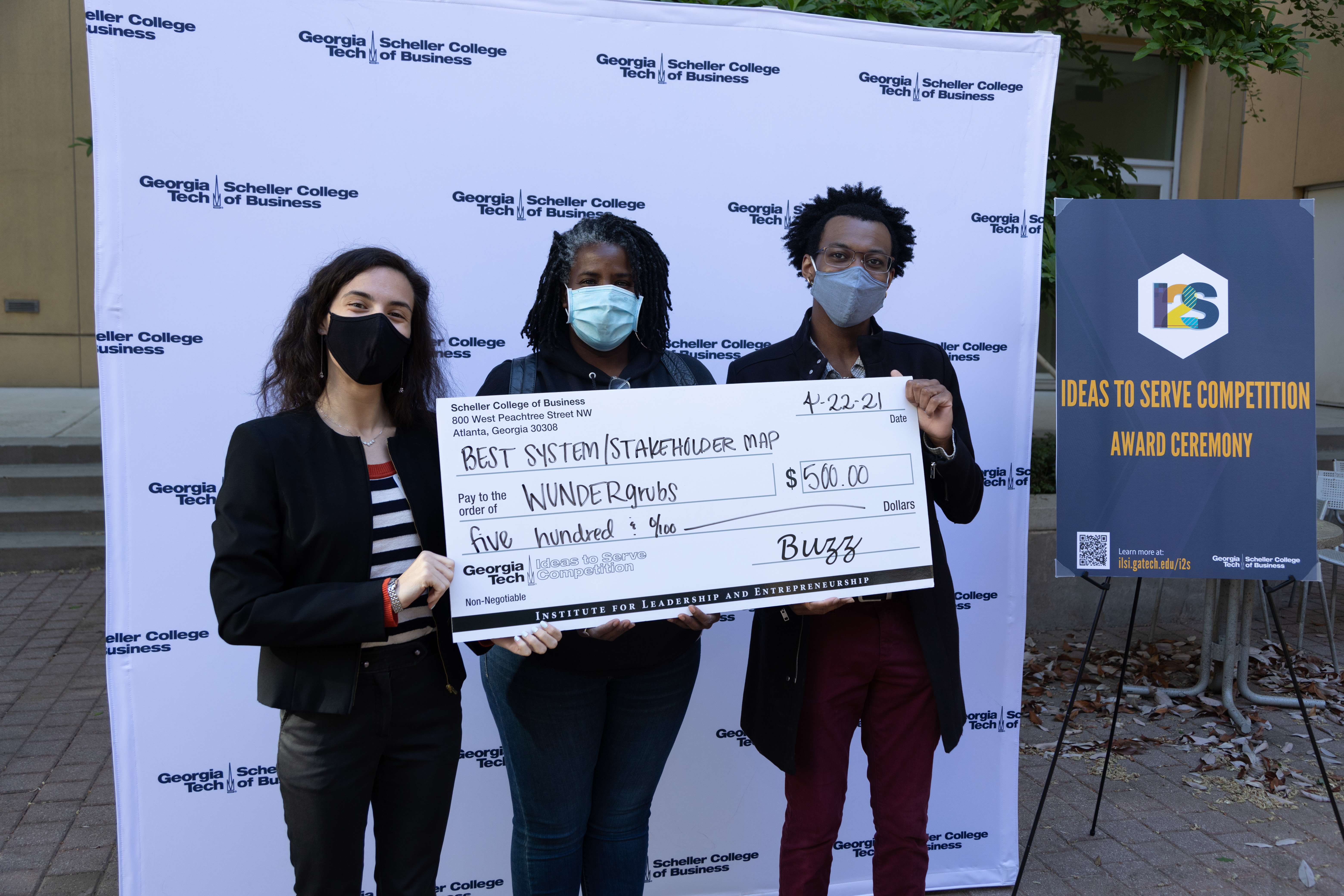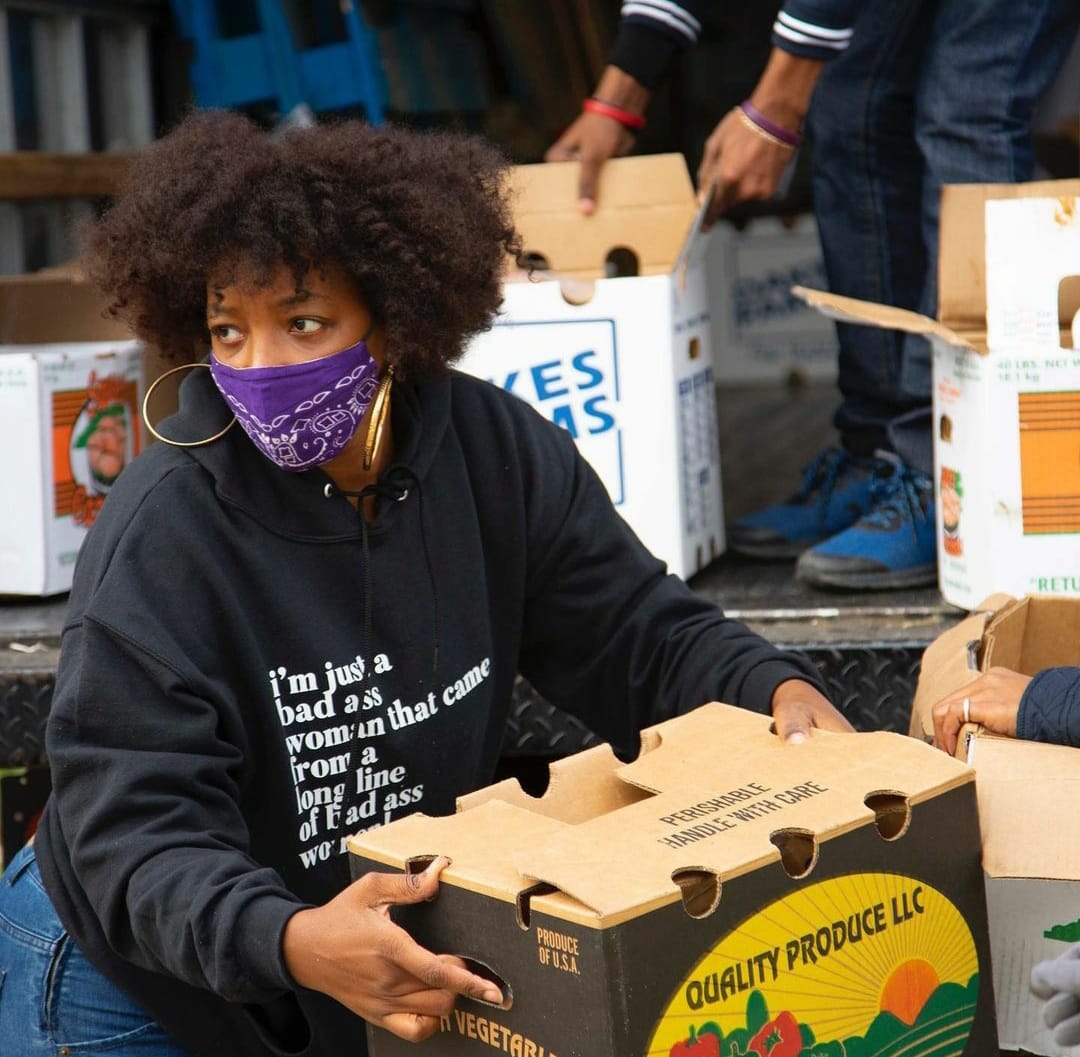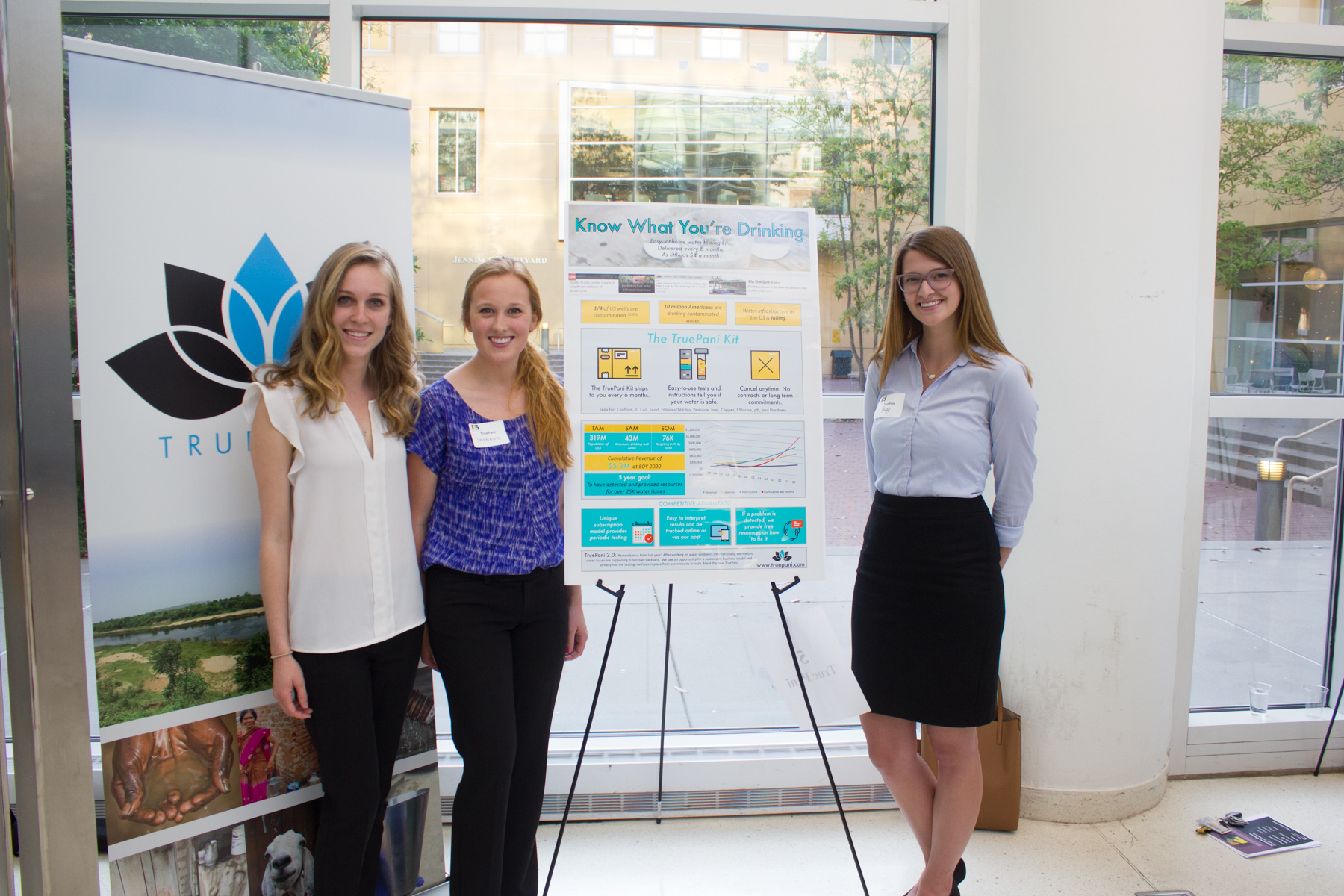As I was preparing for this third segment of our blog series (in collaboration with Serve-Learn-Sustain or SLS) on Social Innovation at Georgia Tech I had the opportunity to sit down for a conversation with alumna Susan Davis (Biol’91), Chief of Party for USAID's Global Waters Communication and Knowledge Management Program at Encompass LLC, and Founder of Improve International. She is my co-lead in the Social Impact course (a series of workshops for Ideas to Serve program participants.) Susan has many decades of experience with global development, program evaluation, and she is a big proponent of talking openly about failures - so we can learn from them, and hopefully avoid them in the future.
In the social sector, ‘rapid prototyping’ and ‘failing fast’ can have disastrous consequences for poor and marginalized people, but they are rarely talked about because nonprofits need donors to feel good so they will keep funding. Also, donors like to move on to the next program and rarely fund looking back at what worked and what didn't. So Susan and I focused our conversation on the topic of what is a healthy approach to social innovation?

Last year's I2S Best System Map team with Akissi Stokes (middle), Founder of WunderGrubs
Susan: Dori, it's exciting to be part of year 3 of the Social Impact course and year 13 of Ideas to Serve. What do you think the most significant changes have been?
Dori: We continue to learn and evolve, and I'm proud of our shift towards centering Atlanta partners and a much stronger focus on a deep understanding of social and environmental programs. For example, when we started the course, most students came in with problems they wanted to solve. This year we have identified seven Atlanta social entrepreneurs as partners (see 2022 Community Partners here)- all of them amazing, innovative Black women. Together they are addressing issues ranging from maternal health deserts to food insecurity, to preserving and promoting Atlanta's lesser-known civil rights landmarks, to helping young people get into and stay in college.

2022 I2S Partner Erica ‘Umi’ Clahar, Founder of Umi Feeds
Susan: I was so impressed with how much the partners have accomplished - several with lean teams and resources. They are so generous to take these students under their wings to "apprentice the problem" as Daniela Papi Thornton says. Tell me more about social innovation - how would you describe it?
Dori:To start with, good intentions are not enough when dealing with people's lives. We're Georgia Tech; we need to bring some rigor to this as students and faculty, but not just on the technology side. Social innovation starts with deep listening and humility. This means not assuming we understand the root cause of a problem and recognizing that good solutions might already exist within a community (i.e., the ABCD approach SLS is championing at Tech). Durable and equitable solutions must then depend on collaboration with affected communities; it's never going to be an individual who swoops in and fixes everything (see Tackling Heropreneurship). Many of these problems are complex, interrelated, and have been around for decades; we're not going to solve them in a classroom over a semester. I know you have some thoughts about that …
Susan: Yes! To be fair, even the professional problem solvers (governments, nonprofits, social enterprises, foundations) are still getting their heads around those points. In my many years working with international nonprofits, several people have offered “water solutions” - including a major multinational consumer products company and a well-known inventor. Many of these are called point of use treatments for water: a filter, a straw, a bucket, a packet, a fog net, reverse osmosis in a box. Often they wanted the non-profit to do their research and development and distribution. After a while, my first question to them would be “If it’s so great, why do you need a non-profit to test and distribute it?” To improve health, prevent disease, etc. a product needs someone to use it. So it needs to be appropriate, available, and affordable. These folks had good intentions, but they didn't fully understand the people they hoped to help or the problem they were trying to solve.
Dori: Speaking of water, let's talk about one of our alums who has gone through this mindset shift. Shannon Evanchec returned to our workshop in 2019 to talk about True Pani, which won the Inventure Prize in 2017 and competed in I2S the same year but didn’t place.

True Pani founder, Shannon Evanchec (middle)
Susan: Oh yes, I think of her story as "From copper to lead". True Pani started as a group of engineering students who learned about poor drinking water quality in India. They developed a copper lotus that you could leave in your water jug overnight. It was attractive and killed germs in the lab. But would it work in the real world, where people need to use water at different times of day, and might not have enough water to wash their hands before dipping their hands into a jug? Where families need more than a bucket full of safe water to meet their needs each day. They'd only had 2 weeks of research in India. All of this would be difficult to figure out from the US. Over about a year they realized that the water treatment market is challenging and that their product might not be affordable or provide the best results if used incorrectly. They have since pivoted their business to communities and markets closer to home: testing for lead in water in US schools. Lead causes cognitive decline in children, and yet the amount of lead in water at schools is mostly unknown. They are now well placed to address the US government’s new war on lead in water. (Read an interview with Shannon about True Pani’s shift and listen to a podcast with Shannon and Susan)
Dori: We really appreciate Shannon's example and willingness to talk about it. Sometimes I cringe when I see something that is only addressing a symptom, like a canned food drive to address ongoing food insecurity, but I also humbly recognize that for many years, I encouraged coming up with solutions as more important than spending time understanding the problem. That's what Ideas to Serve incentivized and rewarded for many years until with guidance from the judges (like you and many veterans of the social sector), we started collaborating more and listening to the voices from the community who patiently waited for our awakening. Now in Ideas to Serve and the course we are centering the partners more than the students and seeking ways to provide something of value that fits within the scale of a semester. Jenny Hirsch and her team at SLS have been setting the ground and leading the way in this shift of perspective and have been a valued partner in this transformation.
Susan: it is great to see this shift across Tech…and there is more work to be done.
Dori: Yes, there are several faculty and initiatives that promote this type of community-centered approach to social innovation. One of my favorite examples is professor Kirk Bowman. He works with Rise up and Care, which invests in and strengthens local social innovators in the favelas of Rio. For example, one group gives kids a safe place to play and learn - and teaches kids badminton through samba dancing! Rise up and Care helps to tell their story with beautiful short films that challenge negative perceptions. Dr. Bowman talks openly about his global development journey - which started out with the type of thinking that he now warns against - and how for the past decade he has been a champion of investing in local leaders to scale up impact (check out this podcast featuring his latest book Reimagining Global Philanthropy).
And for the closing question: What advice would you give budding social entrepreneurs?
Susan: In short, people, proximity, and patience. Put people first. Understand what already exists and ask the people with lived experience (ask the magic question: What would it take?) Often the closer you are to a community and their problems the better you will understand it.
I look forward to working with you, the students, and the partners again this year.
